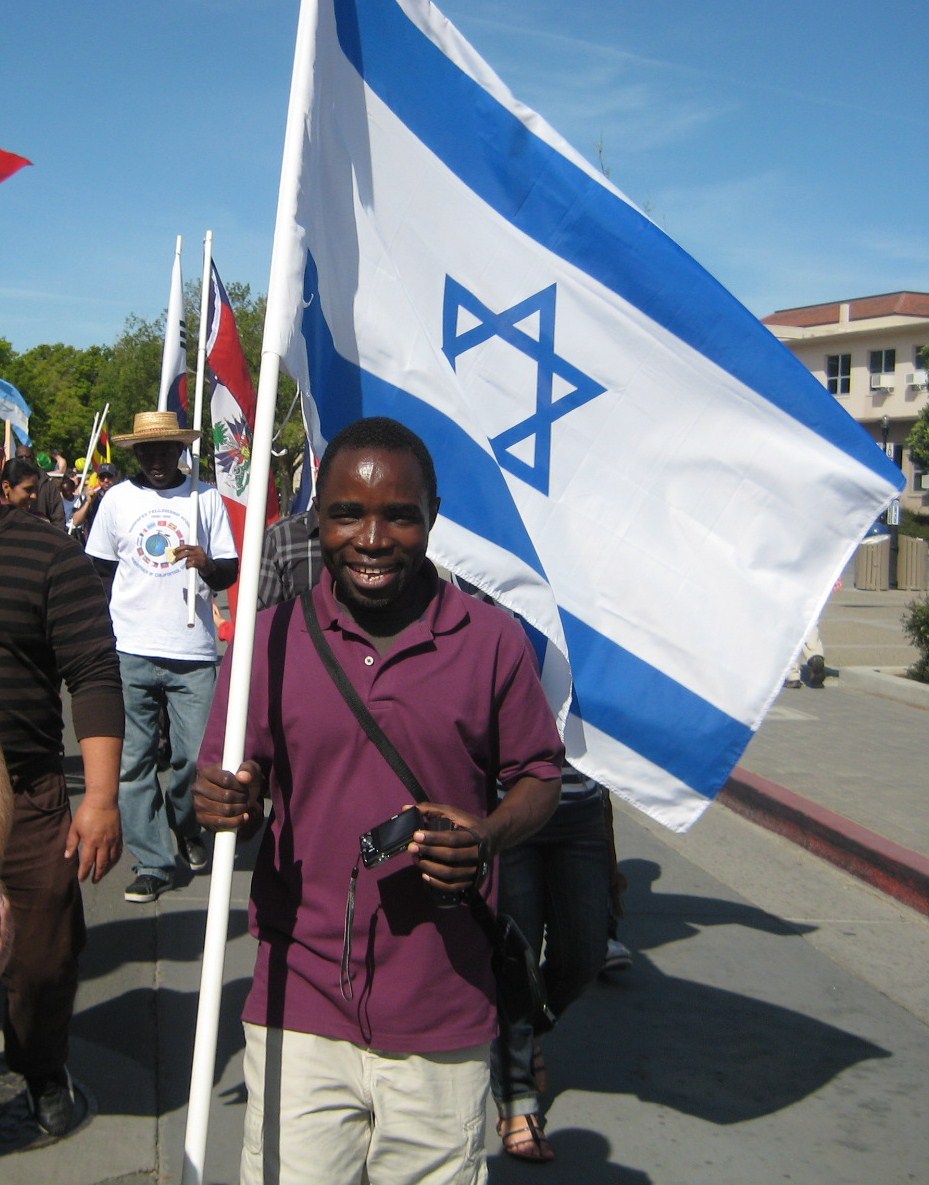Tishrei 1, 5777
October 3, 2016
SPECIAL NOTICE:
The Jewish New Year, year 5777, began yesterday evening at sundown. To all of you who celebrate Rosh Hashana, israelstreet wishes you a healthy, happy, and prosperous New Year! Shana Tovah!!
JUDENBURG (Part 1)
As regular readers of israelstreet know, there were no blogs during most of September as your humble servant and his wife made our way through Europe. What you did not know was that the trip took us through 17 countries from Lisbon, Portugal to Russia via trains, buses, ferries, and ships.
In many ways, it was an exhilarating journey, but in others it was utterly depressing, especially as we encountered the desolate remains of Jewry all over the continent culminating in a visit to Auschwitz and Birkenau. For the next few days I will share with you, dear reader, some of what we encountered–often by chance.
It was a bright, sunny morning when we started our first day in Lisbon by crossing Rossio Square on our way up to the Castelo de S. Jorge which overlooks the city. We were going to take a look into the Sao Domingos Church which was built on the spot where the Sao Domingos de Lisboa Convent stood until it was destroyed in the huge earthquake of 1755.
But we had not taken 10 steps when my wife noticed this small monument near the front of the Church:
The monument reads: “In memory of the thousands of Jewish victims of intolerance and religious fanaticism, killed in the massacre that started on 19 April 1506, on this square.” The base has a verse from the Book of Job (Job 16:18), in Hebrew and Portuguese: ““Earth, do not cover my blood; may my cry never be laid to rest!“
Remember this verse from Job; it will appear again in Warsaw.
So what happened on April 19, 1506? Here’s an edited description from Wikipedia:
“The massacre began, as it is reported, in the São Domingos de Lisboa Convent on Sunday, 19 April 1506. The faithful were praying for the end of the drought and plague that swept the country when someone swore they had seen the illuminated face of Christ on the altar — a phenomenon that could only be explained by the Catholics present as a message from the Messiah, a miracle.
A New Christian, one of the converted Jews, thought otherwise, and voiced his opinion that it had been only the reflection of a candle on the crucifix. The men gathered for Mass [after this they] grabbed the man by his hair and brought him outside the church where he was beaten to death by the crowd and his body was burnt in Rossio.
From that point the New Christians, who were already not trusted by the population, became the scapegoats for the drought, famine and plague. Dominican friars promised absolution for sins committed over the previous 100 days to those who killed the “heretics”, and a crowd of more than 500 people (many of them sailors from Holland, Zeeland, and Germany) gathered and killed all the New Christians they could find on the streets, burning their bodies by the Tagus [River] or in Rossio. That Sunday, more than 500 people were violently sent to their deaths . . .”

Bizarrely, a “German” woodcut of the Lisbon Massacre produced some years after the slaughter, with “New Christians” (read “Jews”) being burned in the street. The wood cut survived the 1755 earthquake (wikipedia).
“By Monday, 20 April, more locals had joined the crowd, which carried on the massacre with even more violence. The New Christians, no longer found on the streets, were dragged from their houses and from churches and, along with their wives, sons and daughters, were burnt in the public squares alive or dead. Not even infants were spared, as the crowd ripped them to pieces or threw them against the walls. The crowd proceeded to loot the houses, stealing all the gold, silver and linens they could find. More than 1000 people were killed on the second day. There is also record that more than Jews were killed that day. Some accused their neighbors of heresy, and these unfortunates met the same fate as the New Christians.
On Tuesday, members of the court arrived at the city and rescued some of the New Christians. João Rodrigues Mascarenhas, the King’s Squire, was killed by mistake in the massacre, and this triggered the arrival of the Royal Guard. The death count had, however, already reached more than 1,900.”
Interestingly, “justice” was meted out swiftly by the King to some of the perpetrators of this horror against the “New Christians” while others escaped unscathed:
“Some Portuguese were arrested and hanged, while others had all their possessions confiscated by the Crown. The foreigners returned to their ships with their plunder and sailed away. The two seditionist Dominican friars who had incited the massacre were stripped of their religious orders and were burnt at the stake.
There are reports that the São Domingos Convent was closed down during the eight years that followed, and all the representatives of the city of Lisbon were expelled from the Council of the Crown—Lisbon had had a seat in the Council since 1385 . . .”
Nevertheless, the massacre set the tone of things to come:
“Following the massacre, a climate of suspicion against New Christians pervaded Portugal. The Inquisition was established thirty years afterward; many families of Jewish ancestry either escaped or were banished from the country. Even banished, they still had to pay for their emigration; they had to leave or sell their properties to the Crown, travelling only with the luggage they could carry.”
“Even banished, they still had to pay for their emigration”: remember this when we get to Auschwitz and Birkenau in a few days.
So here we will end part one, on a bright clear day in Lisbon, in a place drenched with the blood of Jews. Blamed for drought, plague, and famine, Jewish men, women, and children were slaughtered and their property stolen. As we all know, it was a scene to be replayed all over Europe for centuries–until finally there were virtually no Jews left to kill.



 A student from Malawi, who had worked with an Israeli health volunteer in his country battling AIDS, came up to us as we walked down the street in the UC-Davis Picnic Day Parade and wanted to carry the Israeli flag.
A student from Malawi, who had worked with an Israeli health volunteer in his country battling AIDS, came up to us as we walked down the street in the UC-Davis Picnic Day Parade and wanted to carry the Israeli flag.